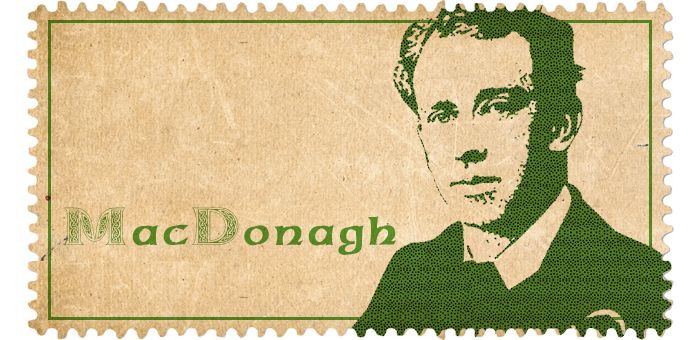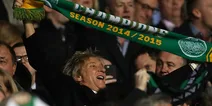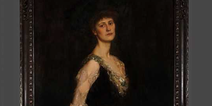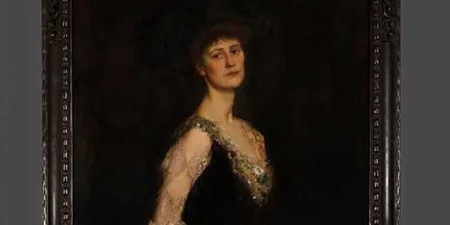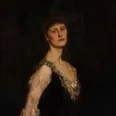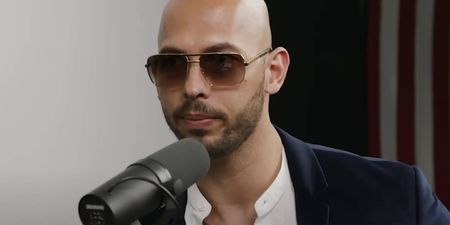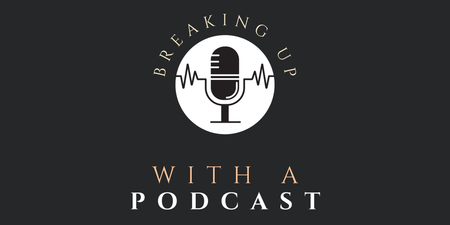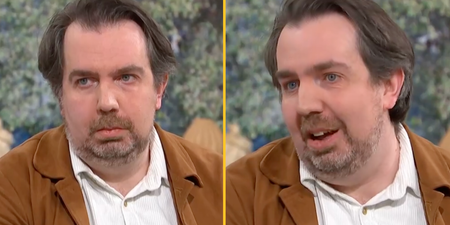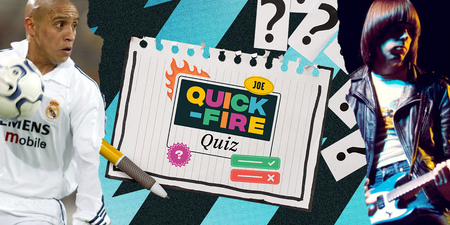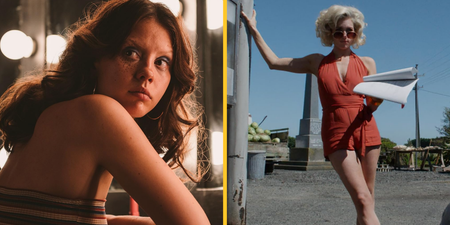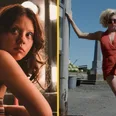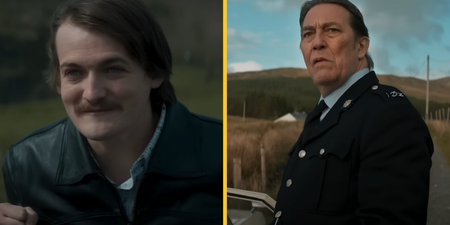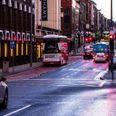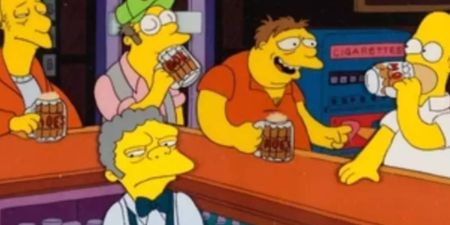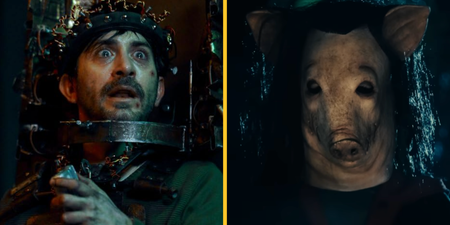The most gregarious and personable of the Rising’s leaders.
“This country will be one entire slum unless we get into action, in spite of our literary movements and Gaelic Leagues it is going down and down. There is no life or heart left in the country.” – Tomás MacDonagh to his friend Mary Colum.
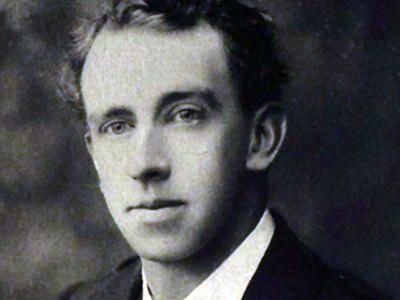
Image via visitdublin.ie
1. MacDonagh was the most outgoing of the seven signatories. “As soon as Tomás came into our house everyone was a friend of his. He had a pleasant, intelligent face and was always smiling, and you had the impression that he was always thinking about what you were saying, recalled Geraldine Plunkett Dillon, a sister of his close friend and fellow signatory Joseph Plunkett.
2. He was born in Cloughjordan, County Tipperary. In his poetry he makes plenty of references to the people and the places of his native county. His parents – Joseph MacDonagh and Mary Louise Parker (like the Weeds actress) – arrived as the first teachers in the town’s Catholic school, newly opened in 1877. Tomás was born on 1 February, 1878, as were his brothers John, Joseph and Jim.
3. His father died when Tomás was 16. The future revolutionary would return often to Cloughjordan and to his mother, until she died in 1908. His son, Donagh, would later write, ‘From the rich land of Tipperary he learned security and from the witty soft spoken people he learned his gaiety…’
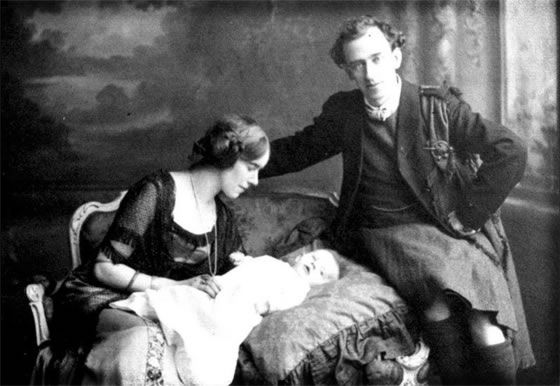
4. He formed the Association of Secondary Teachers of Ireland. Teaching in Fermoy, Cork, he was also part of that town’s local branch of the Gaelic League. He was massively popular with his students and took on a role in Dublin in Scoil Éanna around 1906. This is where he first met Pádraig Pearse.
5. He advised W.B. Yeats on how to best develop his talent. He also spent time in France, in Paris, before returning to his studies. In 1911 he was awarded an M.A. degree, with 1st class honours, from UCD.
6. His military background. When the Irish Volunteers were formed in 1913, MacDonagh was appointed as a member of the Central Committee taking command of the Second Dublin Battalion. He was against joining up with the English to fight in the first World War, and he was soon appointed Director of Training for the Irish Volunteers.
7. He stayed involved in the arts up until 1916. MacDonagh directed a play called Pagans with Edward Martyn and his fellow signatory, Joseph Mary Plunkett, in September 1915. It was the culmination of a lifetime in the world of literature; he was commemorated in several poems by W.B. Yeats and in his friend Francis Ledwidge’s Lament for Thomas MacDonagh.
8. He was a late addition to the Rebel forces. MacDonagh did not join the secret Military Council that would plan the Rising until a few weeks before the events of Easter 1916. His battalion would be stationed at the Jacob’s biscuit factory and surrounding buildings, his second-in-command the Fenian John McBride.

via Easter1916.ie
9. He saw little fighting during the Rising. The British forces largely avoided the factory as they established the bulk of their position in central Dublin. MacDonagh would receive the order to surrender on April 30th despite his battalion being in position to continue the engagement. He was court martialled and executed three days later, on May 3rd, at the age of 38.
10. You can visit his heritage centre. The Thomas MacDonagh Heritage Centre in Cloughjordan was opened in 2013. The centre houses the town’s library and an exhibition space. The MacDonagh family home is incorporated, and you can visit the website here.

Previously in this series
LISTEN: You Must Be Jokin’ with Aideen McQueen – Faith healers, Coolock craic and Gigging as Gaeilge
